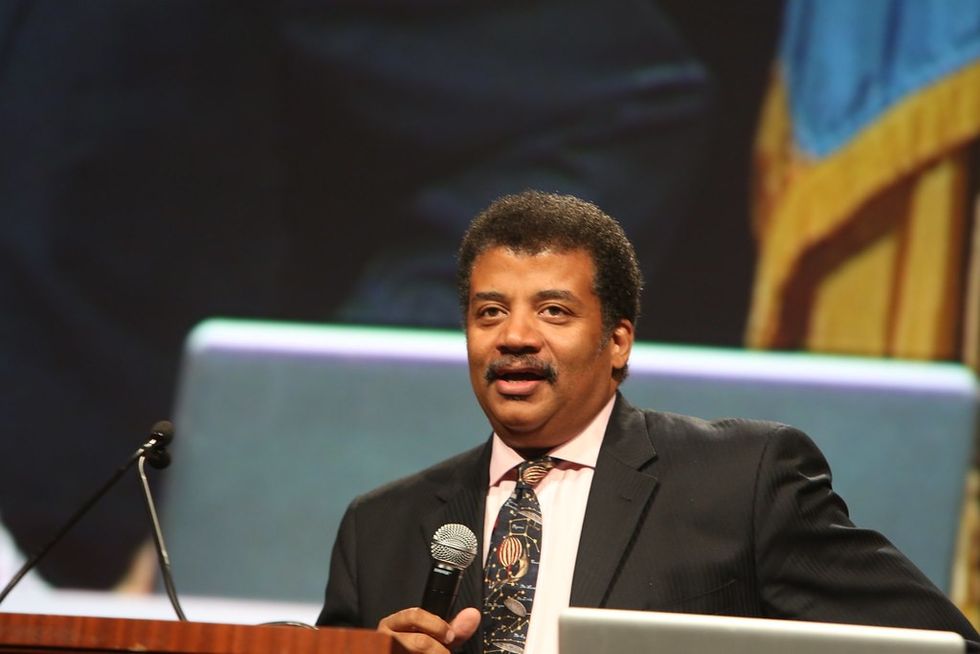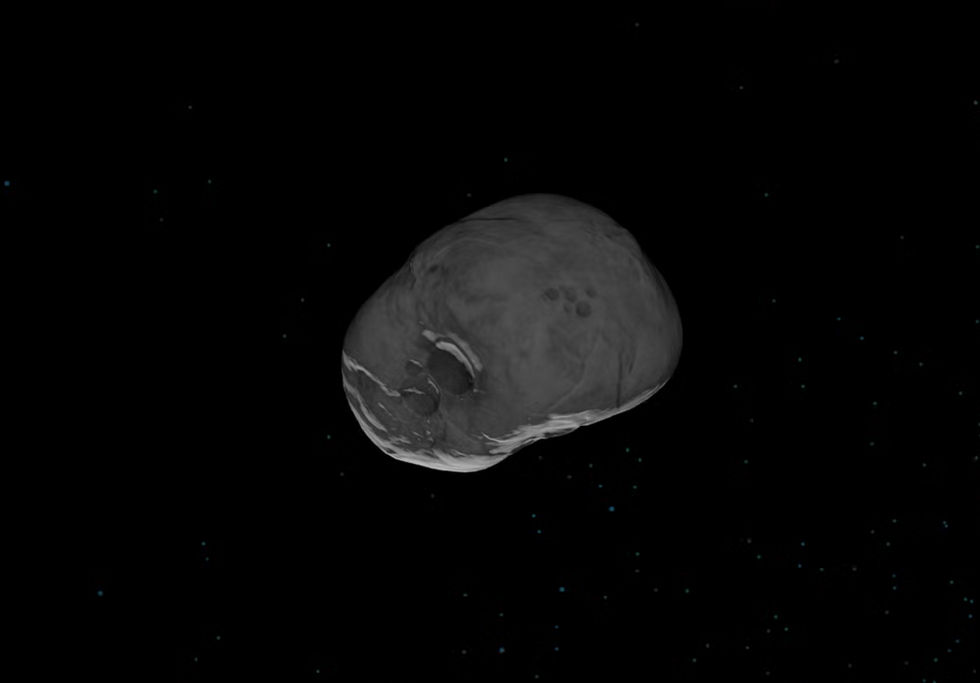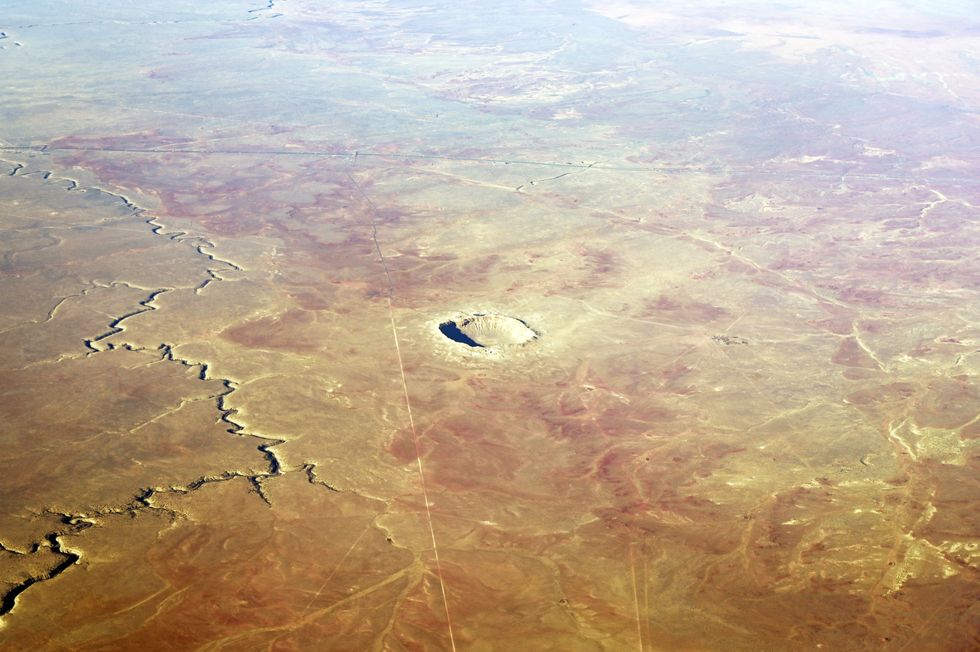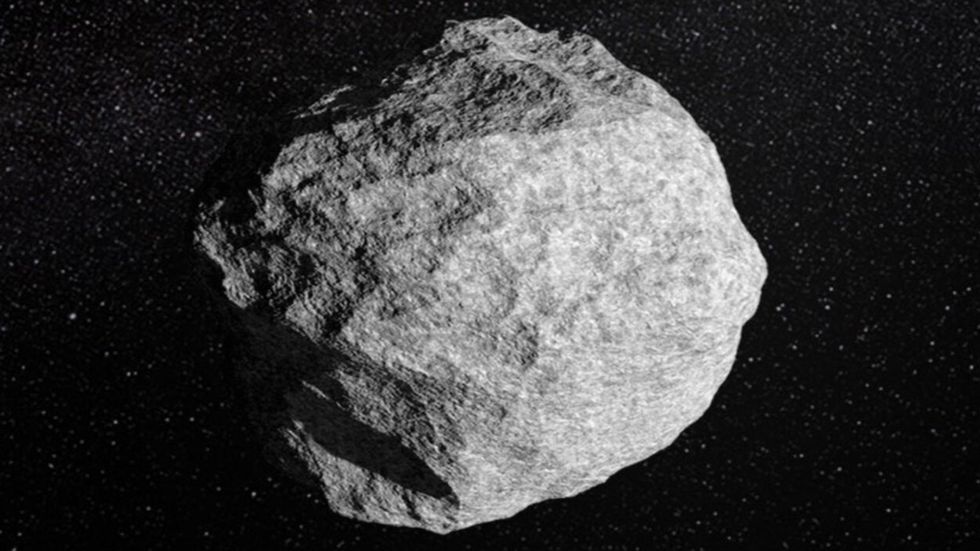Renowned astrophysicist Neil deGrasse Tyson has made his feelings clear on asteroid 2024 YR4, the “city killing” space rock which has a slim chance of hitting Earth with roughly 600 times the power of the Hiroshima bomb.
Nasa has announced an increased risk of Earth impact for a newly discovered asteroid, with chances now standing at 3.1 per cent.
The latest assessment represents a small increase from previous predictions, escalating concerns about the potential collision.
However, Tyson, who recently issued a warning over space spending in light of the approaching asteroid, said that whilst the impact would be “completely devastating” if it hit an urban area, the chances are extremely slim.

However, he said that as most of earth is water, and most land is uninhabited, the likelihood of anyone getting hit is slim
Flickr
Speaking on the StarTalk YouTube channel, the astrophysicist said: “If the asteroid hits a city leaving a crater nearly a mile across, that would be completely devastating. It would destroy many buildings and kill many people”.
However, he said that as most of Earth is water, and most land is uninhabited, the likelihood of anyone getting hit is slim.
“Chances are if it does hit it’s not going to harm anyone. If it happens out in the middle of nowhere then it’s just an interesting crater,” he said, referencing the Meteor crater in Arizona which stretches almost a mile across.
If the asteroid hit our planet, Tyson predicted the blast would be equivalent to 8-10 megatons or around 600 times more powerful than the atomic bomb dropped on Hiroshima during World War Two.
LATEST DEVELOPMENTS:
 A visualisation of the space rock, designated 2024 YR4Nasa
A visualisation of the space rock, designated 2024 YR4Nasa
Meteor crater in Arizona stretches almost a mile across
GETTY
Luckily, Tyson said that humans will not be wiped out nor face a similar fate to the dinosaurs.
He reiterated: “I’m just telling you no civilization will not come to an end. We will not go extinct, we will not have to worry that we will suffer the same fate as the dinosaurs. So chill on that.”
The current “risk corridor” for potential impact stretches from South America across the Atlantic Ocean to sub-Saharan Africa, then across the Arabian Sea to India.
Tyson said that as the orbit gets closer to 2032, our measurements “will get better and better so either that risk of hitting earth goes to 100 per cent or to zero”.

The space rock, codenamed 2024 YR4, currently has a 3.1 per cent chance of colliding with Earth
ESA
“It will not stay in any number other than those two,” Tyson stressed.
He said that even with the first option, there is barely cause for concern.
“There’s nothing to worry about 100 per cent because at that level we will know exactly where on Earth it will hit and when so that we will be in a position to protect ourselves in advance from whatever damage it would cause.”
Explaining how close to Earth the asteroid will be, Tyson said “about the distance from the Earth to the Moon” which although seems close he assured is “very safe”.
Scientists have outlined two possible scenarios if the asteroid reaches Earth. In the first scenario, a direct surface impact would devastate an area the size of Washington, DC.
Alternatively, 2024-YR4 could explode in mid-air like the Tunguska asteroid did in 1908.